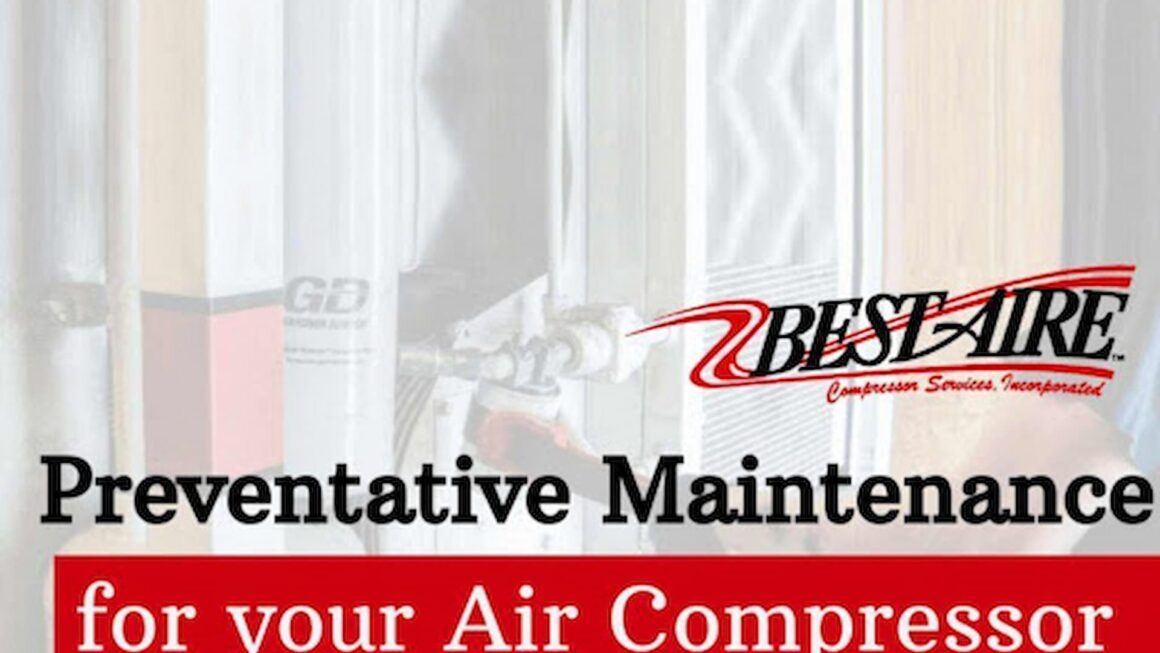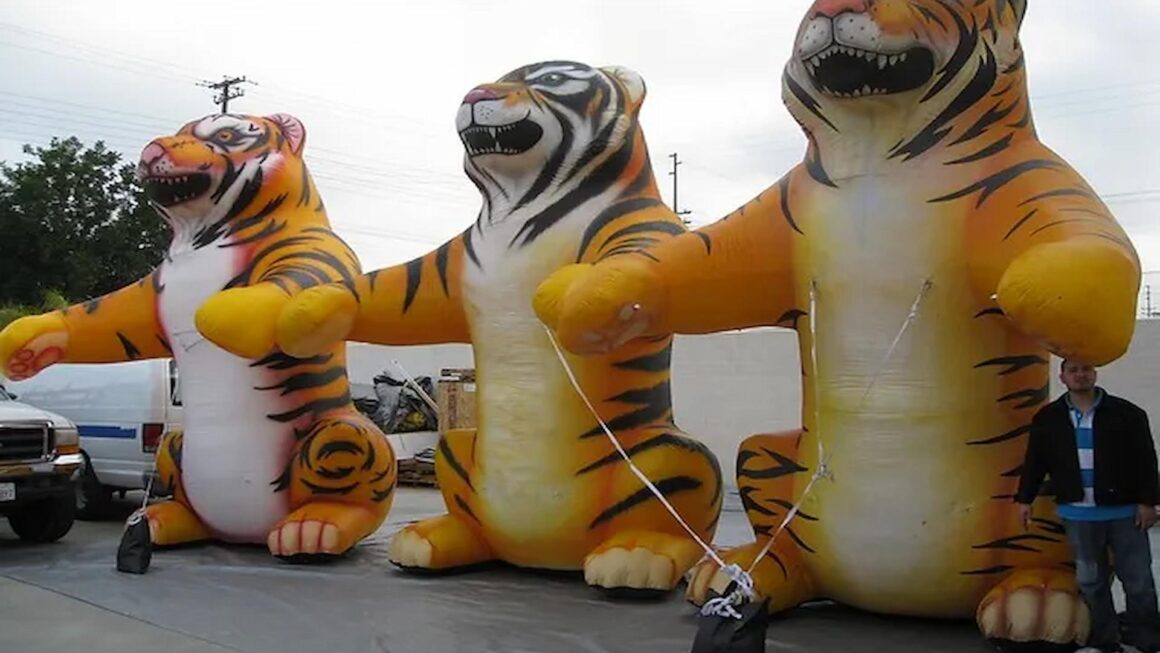Introduction
Compressed air dryers serve as vital components in a wide array of industrial applications, safeguarding systems from moisture-related damage and ensuring optimal performance. However, like any machinery, compressed air dryers are not immune to glitches that can disrupt operations and compromise efficiency. In this comprehensive guide, we delve into troubleshooting compressed air dryers, shedding light on common issues, their underlying causes, and effective solutions to maintain a seamless and efficient operation.
Inadequate Dew Point
One of the primary issues affecting compressed air dryers is an inadequate dew point, resulting in moisture-laden air circulating within the system.
Causes
- Improper sizing of the dryer for the application’s demands.
- Malfunctioning heat exchangers or refrigeration components.
- Clogged or worn-out filters.
- Solutions
- Conduct a comprehensive assessment of the application’s dew point requirements and ensure that the dryer is appropriately sized.
- Regularly inspect and maintain heat exchangers and refrigeration components.
- Implement a routine maintenance schedule for filter replacement and cleaning.
Insufficient Airflow
When airflow within the compressed air dryer diminishes, system efficiency plummets, impacting overall performance.
Causes
- Blockages within the air intake or exhaust.
- Accumulation of dust, dirt, or debris on heat exchanger fins.
- Faulty fan motors or impellers.
Solutions
- Regularly inspect and clean air intake and exhaust vents to ensure unobstructed airflow.
- Employ routine cleaning practices to prevent dust and debris buildup on heat exchanger fins.
- Replace or repair malfunctioning fan motors or impellers promptly.
Excessive Pressure Drop
High pressure drop across the dryer not only hampers efficiency but also leads to increased energy consumption.
Causes
- Clogged or dirty inlet or outlet filters.
- Improperly adjusted pressure regulators or valves.
- Inadequate maintenance of heat exchangers.
Solutions
- Implement a consistent filter maintenance schedule to prevent clogs and ensure optimal airflow.
- Regularly inspect and adjust pressure regulators or valves as needed to maintain appropriate pressure levels.
- Perform routine cleaning and maintenance on heat exchangers to prevent pressure drop issues.
Unusual Noise or Vibrations
Uncharacteristic noise or vibrations emanating from the compressed air dryer may indicate underlying problems that require attention.
Causes
- Loose or worn-out components.
- Imbalanced fan blades or impellers.
- Malfunctioning motor bearings.
Solutions
- Conduct a thorough inspection to identify and tighten loose or worn components.
- Balance fan blades or impellers to minimize vibrations and noise.
- Replace malfunctioning motor bearings to restore smooth and quiet operation.
Incorrect Temperature Control
Failure to maintain proper temperature levels within the compressed air dryer can lead to inefficiencies and reduced system performance.
Causes
- Malfunctioning temperature sensors or controllers.
- Refrigeration or heating elements operating below or above optimal levels.
- Accumulation of ice or frost on heat exchangers.
Solutions
- Regularly calibrate and test temperature sensors and controllers to ensure accurate readings.
- Perform maintenance on refrigeration or heating components to maintain precise temperature control.
- Prevent ice or frost buildup on heat exchangers through routine cleaning and defrosting procedures.
Alarm and Indicator Lights
Alarm and indicator lights can provide invaluable insights into the health of the compressed air dryer.
Causes
- System overloads or power failures triggering alarms.
- Sensor or control malfunctions activating indicator lights.
- Component failures leading to critical system conditions.
Solutions
- Investigate and address the root causes of alarms or power failures promptly to prevent recurrent issues.
- Test and replace malfunctioning sensors or controls responsible for indicator light activations.
- Conduct thorough diagnostics to identify and rectify component failures causing critical system conditions.
Conclusion
A well-maintained and properly functioning compressed air dryer is a cornerstone of efficient industrial processes. While troubleshooting compressed air dryer issues can be a complex task, understanding common problems, their causes, and effective solutions empowers operators and maintenance personnel to navigate challenges with confidence. By implementing regular maintenance practices, adhering to manufacturer guidelines, and promptly addressing issues as they arise, industries can ensure the seamless operation of their compressed air dryers, enhancing productivity, minimizing downtime, and preserving the integrity of their operations.




